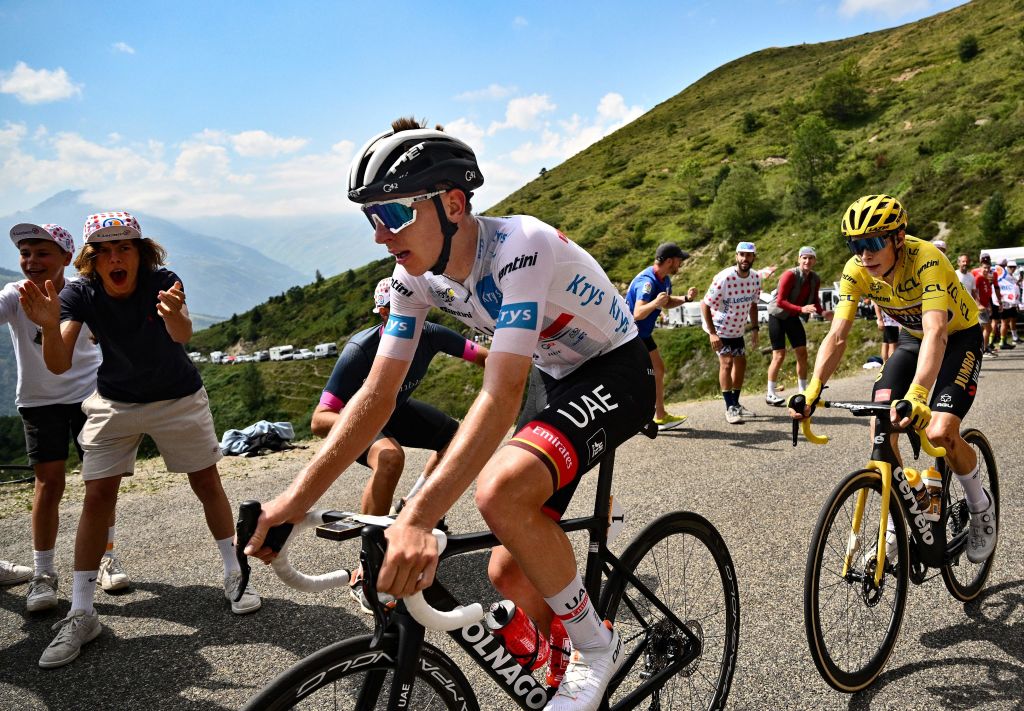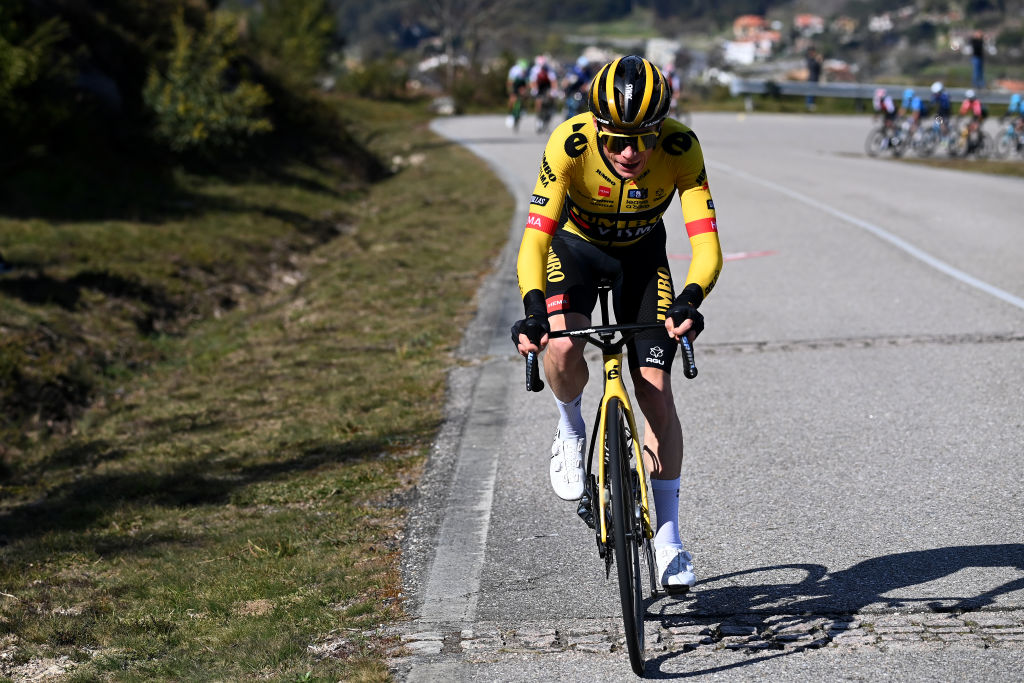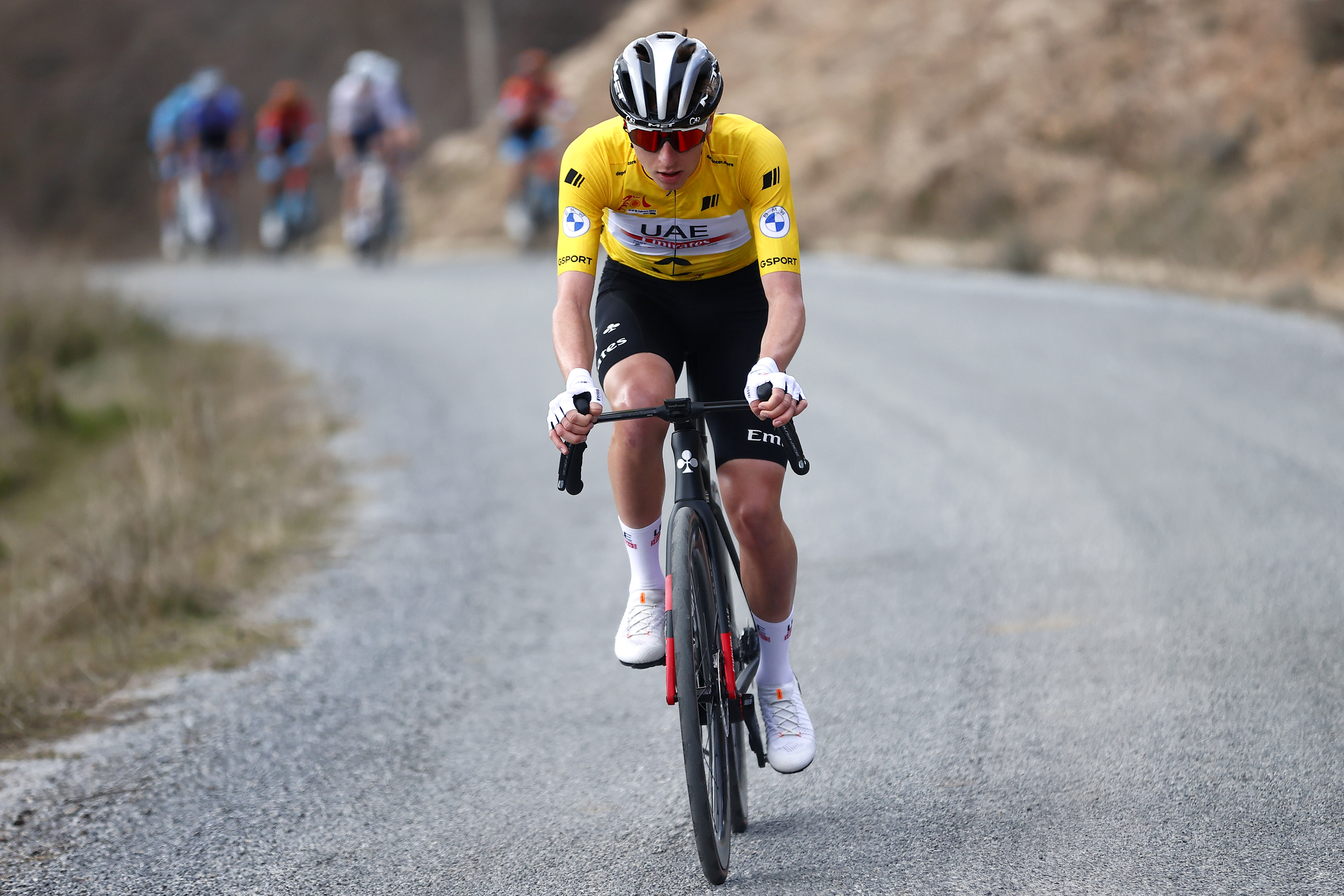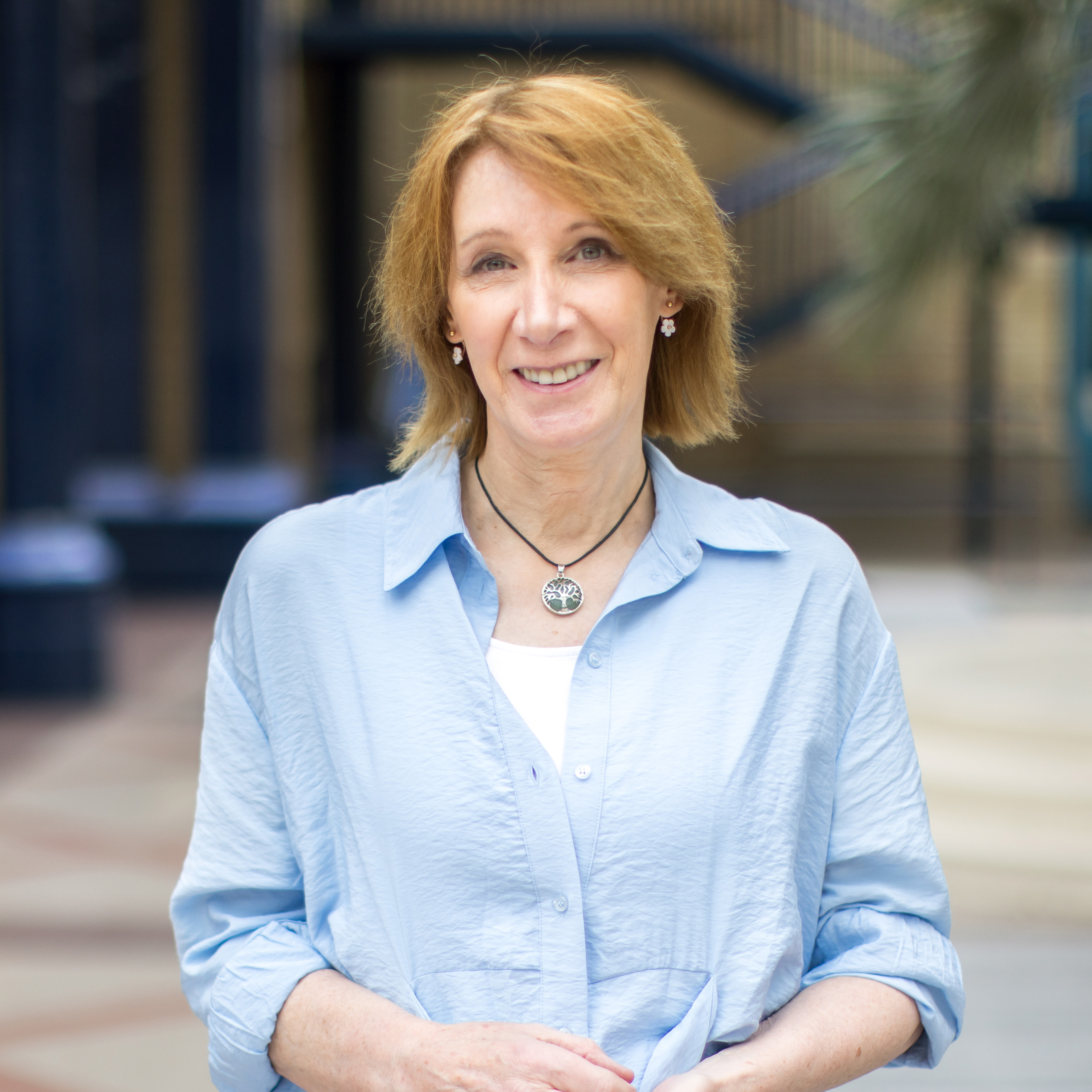Mind games and a contest of styles - Philippa York on Pogacar and Vingegaard at Paris-Nice
Race to the Sun offers an early duel between Tour de France favourites

The time for training is over. In case you were wondering how that’s decided, it’s quite simply just the way it is. In one of cycling’s unwritten rules, everything that leads up to Opening Weekend is preparation and everything after that is serious competition heading towards the Classics.
That’s how it works for the professional teams. Paris-Nice, the first European WorldTour stage race of the year, fits nicely into a similar narrative, as this is considered the official beginning of the Tour de France campaign. All previous stage races that were held in hopefully sunnier climates no longer count for much, as the general classification contenders travel south through France in search of warmer winds and reassurance that their winter preparations have turned out to be fruitful. And the experiences along the way will provide an initial hierarchy as to who are the strongest individuals and which teams have structured their collectives wisely.
Some of those answers will be provided by the eight days of pain, suffering and stress that La Course au Soleil always serves up. The 2023 edition is a rare beast too, and not for the route or the inclusion of a team time trial, which we’ll come to later. No, this will be special because the two main favourites for the Tour de France will be present at the start.
It’s quite unusual in modern times that riders of the calibre of Tadej Pogačar and Jonas Vingegaard race each other before July while they’re both in very good form because, quite obviously, it shows their direct rival what development there’s been in their respective strengths and weaknesses over the winter. Never mind the individual fitness level, the Tour mind games are played out in every encounter, be it a one-day race or a multi-stage event.
For Pogačar, defeat last year was more than a wake-up call. For Vingegaard, it was a welcome surprise to learn that he really could out-climb and out-manoeuvre his Slovenian rival. Both have started this season well, Pogačar with five wins versus the Dane’s four. At a glance, it’s fairly even, but that would be to ignore the manner in which each man crossed the line first.
I think it’s fair to say that Pogačar has been the more aggressive in how he’s been winning and that’s understandable in a couple of ways. He is the type of rider that will pounce at any moment if he sees an opportunity, and he does have a hunger to win that’s exceptional, but I get the feeling there’s also a certain amount of reassurance going on here. He needs to know he’s still number one and still the reference. He needs to convince himself and everyone else that he only lost the Tour last year because of tactical errors.
Over at Jumbo-Visma, the guy who won the 2022 Tour has been riding much more conservatively, safely protected by the team until the moment came to strike and then he could blast off into the distance. Vingegaard has delivered the confident finishing touch compared to Pogačar’s much more disruptive style, and the comparative opposition for each of them differed vastly as well. It’s always difficult to win a pro race, but the field at the Vuelta a Andalucia was much better than the one Vingegaard crushed in northern Spain at O Gran Camiño.
The latest race content, interviews, features, reviews and expert buying guides, direct to your inbox!
And this is why Paris-Nice will be a fascinating contest, not only in styles but also in the tactical game that will undoubtedly play out over the week of racing.

'It’s Paris-Nice, what do you expect ?'
There’s lots of talk about how the team time trial will affect the final outcome on the Promenade des Anglais, but that’s dismissing the challenges that will happen along the way. Firstly, there’s the weather to consider. You have to be in very good shape to be competitive and for a climber like Vingegaard that’ll mean being not far from his fully-fit, skinny-as-anything weight, which if it’s cold and raining and properly miserable could well take more out of him compared to a Pogačar, who is less affected by intemperate conditions.
Sean Kelly won Paris-Nice seven times, not just because he was rather strong, but because he remained that way whatever the weather threw at him. It can be a major factor not only around the Paris region early on, but also when you get midway through the week and snow rears its shiny face on the top of climbs well below 1,000m in altitude.
At O Gran Camiño, we saw the terror induced when the white stuff started falling, and at Paris-Nice there’s rarely any bailing out if it happens there. I’ve raced down Mont Ventoux trying to stay in the tyre tracks that have cleared a path through patches of ice and everyone just had to deal with the conditions because as they said at the time: “It’s Paris-Nice, what do you expect ?”
At some point, it could be awful, and it has to be pretty bad before any kind of neutralisation will occur, so that’s the mentality that comes with the territory. The Classics-type riders are there to race and the GC guys have to cope with conditions they don’t always enjoy.
Surviving the first two days will be stressful as the roads just south of Paris are not that wide and when they do open up, it’s usually windy. Add in lots of road furniture and that makes for a constant fight for position. I wouldn’t be surprised to see Jumbo-Visma try to blow the race apart like they did last year, though Vingegaard requires more protection in terms of positioning than Roglič, who was their leader in 2022.
Pogačar will have to be careful in the days leading up to the TTT, as UAE don’t have the firepower of the Dutch squad and the potential for echelons is ever present. Normal wind direction would be westerly, maybe south-west, but if it’s cold and dry then it’s from the north-east, so heading away from the capital it changes from a head-crosswind to three-quarter tailwind which sees the big guys hit the front and everyone in the gutter. Getting caught behind a split or a crash is certainly a thing at Paris-Nice.
The TTT with the result being on each individual is also going to influence things in favour of Jumbo-Visma versus the rest. They’ve been dominant everywhere and it’ll be no surprise if they lead the race after three days and then try to control the situation to the end. For Pogačar, losing 30 seconds or so isn’t a disaster as the middle portion of the route has all kinds of drama possible.

If it’s freezing, all the better for him, and the climbs aren’t too bad until the last weekend. Given the right conditions, tactically and physically, UAE have the manpower to turn the race on its head if everyone leaves all the work to Jumbo. However, because of the stature of the event, there’s no relaxing even when, on paper, the day looks to be relatively straightforward.
Sprint stages are just as complicated for the GC riders as the ones with an uphill finish. Attacks can happen at any moment and there are always surprises. I know from experience. On the famous day where you see photos of Bernard Hinault punching striking workers blocking the road, I was actually race leader that day and had missed the break because I didn’t pay enough attention when the move went.
The route is very clever in that every aspect of racing is included and so the accumulation of fatigue is heightened. You also go from being cold and blown about in the Rhone valley to mountaintop finishes and dodgy descents, so by the final weekend the peloton is fairly frazzled by all those elements.
The stage 4 finish on the Loge des Gardes climb will suit Pogačar, but conversely the Col de la Couillole three days later favours Vingegaard. Ultimately, though, it will probably come down to the final day and the assault of Col d’Eze. Pogačar and Vingegaard are the ones everyone will be looking at but let’s not forget there are actually the likes of Simon Yates and Dani Martinez there too. Neither are to be discounted if the two main protagonists mark each other out of contention.
Philippa York is a long-standing Cyclingnews contributor, providing expert racing analysis. As one of the early British racers to take the plunge and relocate to France with the famed ACBB club in the 1980's, she was the inspiration for a generation of racing cyclists – and cycling fans – from the UK.
The Glaswegian gained a contract with Peugeot in 1980, making her Tour de France debut in 1983 and taking a solo win in Bagnères-de-Luchon in the Pyrenees, the mountain range which would prove a happy hunting ground throughout her Tour career.
The following year's race would prove to be one of her finest seasons, becoming the first rider from the UK to win the polka dot jersey at the Tour, whilst also becoming Britain's highest-ever placed GC finisher with 4th spot.
She finished runner-up at the Vuelta a España in 1985 and 1986, to Pedro Delgado and Álvaro Pino respectively, and at the Giro d'Italia in 1987. Stage race victories include the Volta a Catalunya (1985), Tour of Britain (1989) and Critérium du Dauphiné Libéré (1990). York retired from professional cycling as reigning British champion following the collapse of Le Groupement in 1995.

